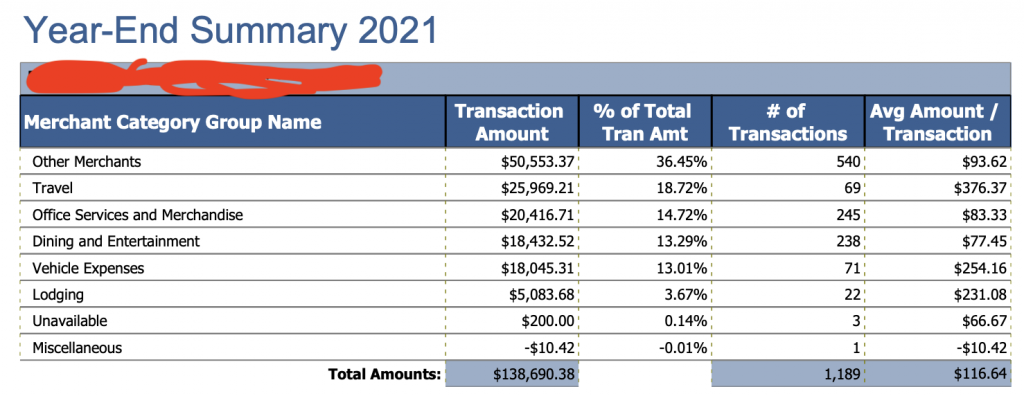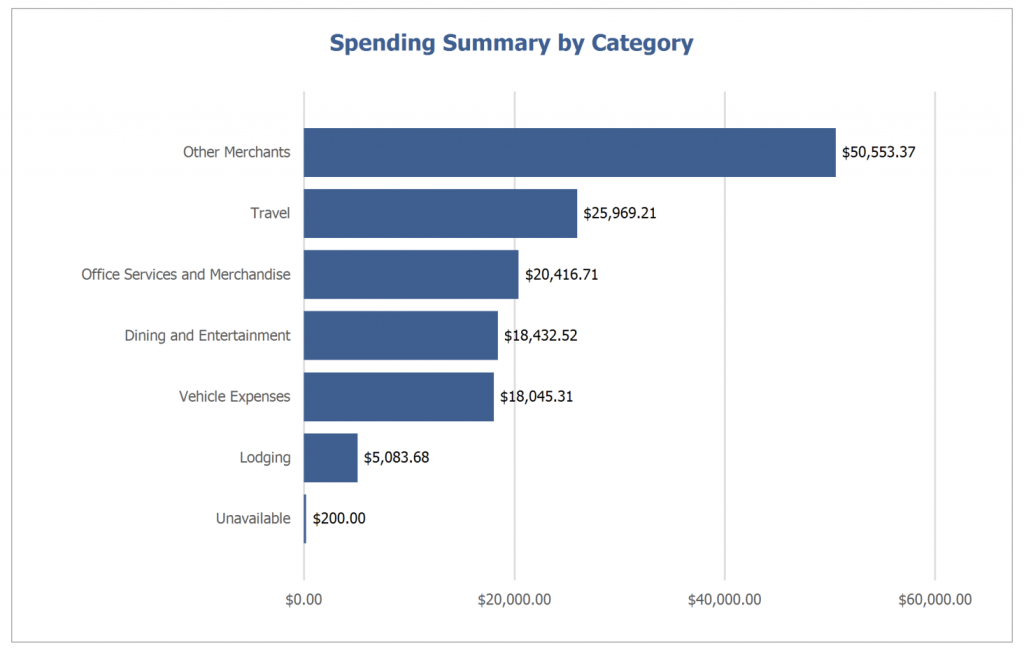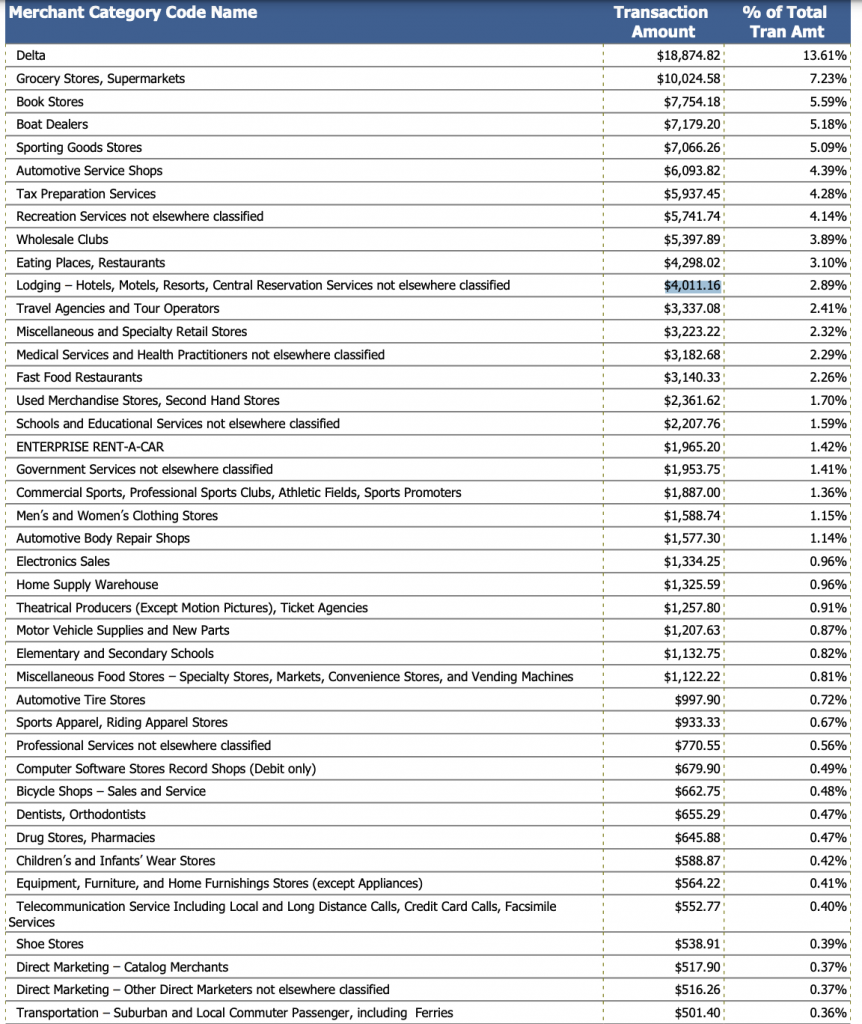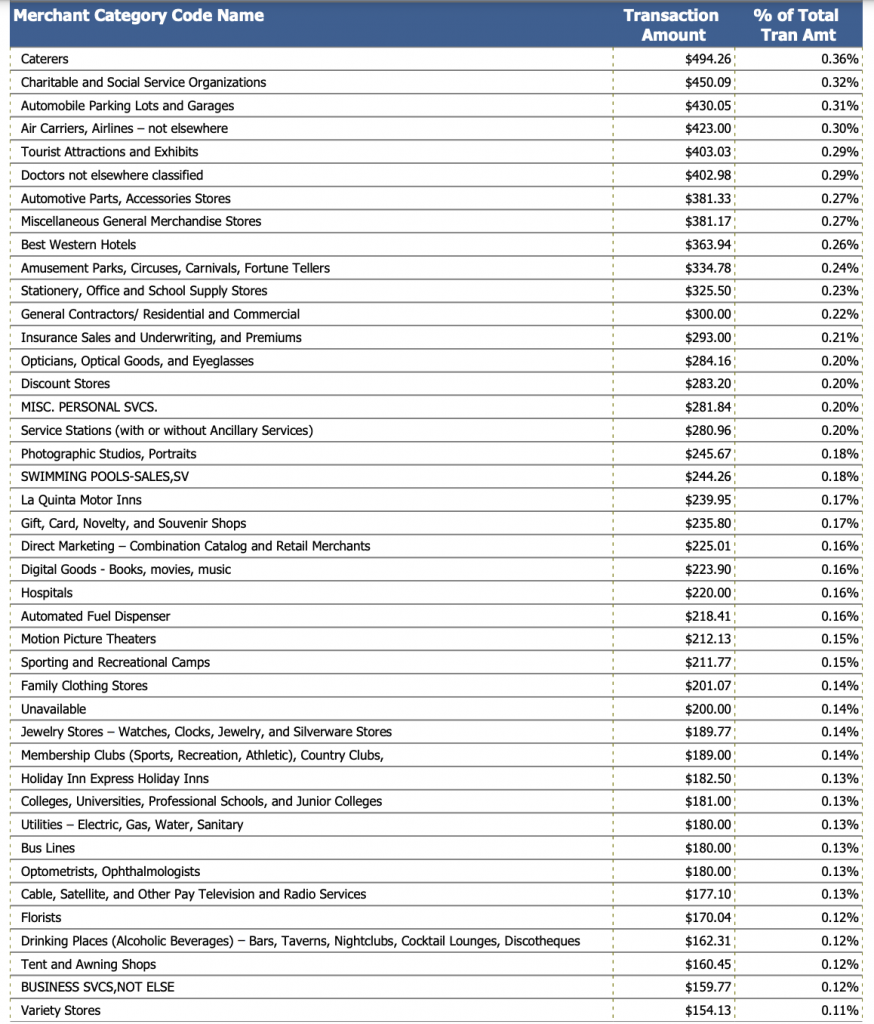<iframe style="width:120px;height:240px;" marginwidth="0" marginheight="0" scrolling="no" frameborder="0" src="//ws-na.amazon-adsystem.com/widgets/q?ServiceVersion=20070822&OneJS=1&Operation=GetAdHtml&MarketPlace=US&source=ss&ref=as_ss_li_til&ad_type=product_link&tracking_id=peaceinvesting-20&language=en_US&marketplace=amazon®ion=US&placement=0060555661&asins=0060555661&linkId=80f8e3b229e4b6fdde8abb238ddd5f6e&show_border=true&link_opens_in_new_window=true"></iframe>|<iframe style="width:120px;height:240px;" marginwidth="0" marginheight="0" scrolling="no" frameborder="0" src="//ws-na.amazon-adsystem.com/widgets/q?ServiceVersion=20070822&OneJS=1&Operation=GetAdHtml&MarketPlace=US&source=ss&ref=as_ss_li_til&ad_type=product_link&tracking_id=peaceinvesting-20&language=en_US&marketplace=amazon®ion=US&placement=1119404509&asins=1119404509&linkId=0beba130446bb217ea2d9cfdcf3b846b&show_border=true&link_opens_in_new_window=true"></iframe>|<iframe style="width:120px;height:240px;" marginwidth="0" marginheight="0" scrolling="no" frameborder="0" src="//ws-na.amazon-adsystem.com/widgets/q?ServiceVersion=20070822&OneJS=1&Operation=GetAdHtml&MarketPlace=US&source=ss&ref=as_ss_li_til&ad_type=product_link&tracking_id=peaceinvesting-20&language=en_US&marketplace=amazon®ion=US&placement=1119376629&asins=1119376629&linkId=2f1e6ff64e783437104d091faaedfec7&show_border=true&link_opens_in_new_window=true"></iframe>
[Editor's Note: With the stock market teetering in bear market territory, you can count on MLG Capital to know how to weather the storm. Building its reputation over the past three decades, MLG provides its investors with diversification, smart leveraging tactics, and the ability to invest in multi-family housing. And its real estate funds could be a great hedge against today’s topsy-turvy market. Learning about all what MLG Capital can offer you could be one of the smartest moves you make this year!]

By Dr. James M. Dahle, WCI Founder
Katie and I do our budget/spending plan monthly, so it has been years since we actually totaled up our spending on an annual basis. Being inspired by WCI columnist Margaret Curtis' post last year about frugal living, I decided to actually see what we're spending. I knew within $50,000 or so, but it was interesting to add up the exact amount—and even more interesting to see where it was going.
What We Didn't Include
Remember, Katie and I are both financially independent and debt-free. That means there are no payments in this amount. No student loan payments. No mortgage payments. No car loan payments. The balance on our credit cards is automatically paid off in full each month, so while credit card payments are included, there is no interest being paid. None at all. It's amazing what an awesome life you can have on not all that much money when you have no payments.
We are also only looking at spending today. Our monthly financial planning really isn't budgeting; it is cash-flow planning. That's because our three biggest categories are savings, taxes, and charity. We are leaving all of those out of this exercise as well. We're just talking about the money we spent.
We are also leaving out health insurance and, of course, HSA contributions (there weren't any HSA withdrawals). While we buy our own health insurance and know precisely what it costs, it is purchased through The White Coat Investor. Technically WCI pays 80% and we pay 20%, but it's all the same really. If you care, we pay $15,751 per year in health insurance for our healthy family of six on a high deductible plan. That's with pre-tax dollars, so the real after-tax cost is $9,136 ($6,112 if you also count the deduction for the HSA contribution).
2021 Spending
So, how much did we spend in 2021? We spent $206,544.32, an average of $17,212 a month. While that seems like a lot of money to the average American family, it probably does not seem like all that much to most of our audience of high-income professionals. It is definitely less than the average single physician income of around $275,000 and completely reasonable for an emergency physician. Given the average EM income of $375,000, if you put 20%-25% toward retirement and 20%-25% toward taxes, that leaves something around $200,000 to spend. You can never really spend much more than about half of your income as a doc.
However, considering what it does not include (savings, taxes, charity, or any payments), we consider it to be spending with wild abandon. In fact, we do not put any sort of constraint on our spending at all. These days, if we want to buy something or some experience, we just buy it. You might say, “Sure, but this was a COVID year; how much could you have really spent? You can't travel and can't get a car even if you want one.” Don't forget that I was immunized and traveling by January 2021, and by the end of the year, the entire family was immunized.

There were two trips to Europe in 2021, including one with the entire family. I did order a truck in December, but given the 9-12 month period between ordering it and actually getting it (they still haven't even started building it as this goes to press), 2021 spending only includes a $1,000 down payment on it. The bottom line is that we apparently could not think of anything else to spend money on that would have made us any happier. We had the money to spend but didn't.
More information here:
Multi-Millionaire Family Tracks Spending for a Year: They Spent How Much?!?
Spending By Category
We track our spending meticulously for cash-flow purposes but not really by category. The total amount of spending is very accurate, but the amount in each category is less so. Nevertheless, we did the best we could. This section is always fun for blog readers because they get to compare and contrast their own spending with ours. They may say, “How can you spend so little on —–?” or “How could you have possibly spent so much on —–?” We really don't care. Spending is a personal thing, but people are always a little hesitant to reveal it because it tells a lot about them and what they value. You'll get to learn a little bit more about us today, but hopefully, it inspires you to spend less, to spend more, or to spend more deliberately—whichever may be most appropriate for you.
Our text for this sermon will come from our main credit card. For convenience's sake, we tend to put as much of our spending on credit cards as possible. We get a little “reward” money back for doing so, and it also helps me to be less of a cheapskate (since it makes spending less painful for me). The credit card company conveniently totals up and categorizes all of our spending for us. Our total spending on this card was $138,690.38, or about two-thirds of our spending. Here are the main categories for that spending:

If you prefer a graphical format, they offer that too:

While the largest category is “other merchants” (not very helpful), it says we spent $26,000 on travel, $20,000 on office services and merchandise (beats me what that was), $18,000 on dining and entertainment, $18,000 on vehicle expenses (what?), and $5,000 on lodging. Not sure I believe any of that honestly, but thankfully, the end-of-year credit card statement provides a much more detailed breakdown. Let's take a look:


This goes on for several pages, but it seemed silly to get much beyond the first one or two. I mean, by the end of the second page, the categories represent less than 1/1000th of our spending. Let's see what we can learn from what we have.
The first and largest category is “Delta.” What's that? That's airfare on Delta Airlines. Yup, we spent $19,000 on airplane tickets on a single airline. I guess that explains why our newest credit card is a Delta card. I guess we value travel.
The next largest category is groceries. When I told Katie what that total was she said, “No way; you're leaving something out.” What was it? Well, if you scroll down a little more you'll see it: “Wholesale Clubs.” That's Costco. Add the two together for a more realistic appraisal of how much the six of us spent on groceries. Plus, another $1,100 at “specialty stores and vending machines,” and the total is over $16,000.
Next is “Book Stores: $7,754.” We apparently really like to read. Just kidding. The only explanation for that is that it includes everything we ordered on Amazon. No further breakdown is available without going through it item by item.
The next category, depressingly, is Boat Dealers. You've heard the old phrase that a boat is a hole in the water that you throw money into. They're not kidding. I don't think that $7,000 was for anything fun either—just maintenance and repairs.
The next category was “Sporting Goods Stores.” I can't really explain this one. I did buy some expensive weightlifting items and a hockey stick or two at the end of the year, but I'm not really sure what the rest of that was. Some of it might have been something Katie was reimbursed for by the soccer organization for which she volunteers.
Next was automotive service shops. Yup, $6,000, plus another $3,700 in parts, body shops, and tires. Keep in mind that all three of our cars now have over 100,000 miles on them, but most of that expense was actually in the least valuable car through an unfortunate set of events when a relatively minor repair that wasn't properly fixed resulted in a much more expensive repair.
Tax Preparation was next. That wasn't actually the final amount, which was discounted after our Form 8606s were messed up and had to be refiled. But it turns out that paying someone else to do your taxes when you have 20 K-1s and you file in nine states isn't cheap.
Recreation Services is next: $5,741. I have no idea what that was. Some sports league fees, for sure. Who knows what else?
Restaurants are next at $4,300. But don't forget the “Fast Food Restaurants” category that comes in later for another $3,100. Plus $500 for catering. That's $8,000 total for someone else to feed us. Could we cut down on that? Absolutely. Do we need to? Nope. We can afford it. Obviously, a large part of that is while traveling, and as you already learned, we apparently value traveling pretty highly.
Speaking of travel, lodging is next. More than $4,000 (for some bizarre reason, Best Western and La Quinta get their own categories later). Plus another $3,200 in tours. All those little things can really add up! I have no idea how the pre-paid heli-skiing trip was categorized, but it's in there somewhere.
We spent about $5,000 on physicians, dentists, optometrists, and pharmacies.
Here's a fun one. We spent about $1,600 on clothes, but we spent $2,400 on used merchandise (mostly clothes.) Maybe we still have some frugal bones in there somewhere.
We blew $1,500 on theater tickets, too. Did I mention we spend with wild abandon?
These are pretty interesting. I suggest you pull out your credit card statements and see where your money goes.
More information here:
Life After Financial Independence: Two Perspectives
The Other 1/3
If that's where 2/3 of our money went, where did the rest go? There's still about $70,000 unaccounted for.
Some of it is easy to pin down. Gasoline goes on its own card. At least $9,500 went into gasoline, a big chunk of which went into the boat. I guess that figure will be higher this year since we're not planning to drive any less.

About $6,600 went toward finishing up our home renovation. Here's some more:
- $15,000 went toward estate planning costs (I wish that was the total).
- $7,900 went toward insurance.
- $5,500 went toward utilities.
- $5,000 went toward property taxes.
- Another $10,000+ went to the 529 “match” for our nieces and nephews (the big chunk of money we put in there each year doesn't get included, but the matching funds for their earnings come out of this “budget” amount).
That still leaves $15,000 (other credit cards, Venmo, Paypal, checks, cash), but we've figured out where almost 95% of our spending went, so that's close enough for our purposes today.
Lots of Waste
As you can see, there's a lot of fat on that bone. It would not be unrealistic at all for us to reduce that spending by 25% or even by 50%. But that's the whole point. Variable spending is way easier to cut back on than fixed spending when times are hard, and a huge percentage of this is, obviously, variable spending.
What do you think? How does your spending compare? Do you spend more? Less? Which categories are bigger or smaller for you? What surprised you the most? Comment below!
The post How Much This FI Physician Family Actually Spends in a Year appeared first on The White Coat Investor - Investing & Personal Finance for Doctors.
||
----------------------------
By: The White Coat Investor
Title: How Much This FI Physician Family Actually Spends in a Year
Sourced From: www.whitecoatinvestor.com/annual-family-spending/
Published Date: Mon, 08 Aug 2022 06:30:14 +0000
Read More
Did you miss our previous article...
https://peaceofmindinvesting.com/investing/reverse-mortgages-the-problems
.png) InvestingStocksToolsClubsVideosPrivacy PolicyTerms And Conditions
InvestingStocksToolsClubsVideosPrivacy PolicyTerms And Conditions
